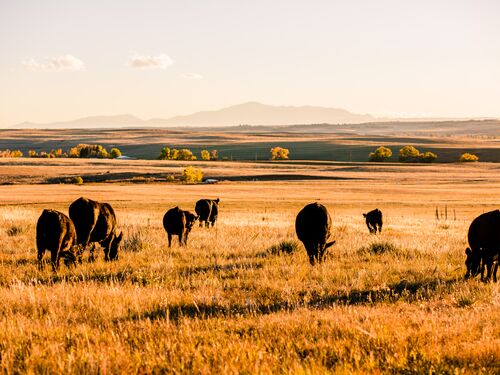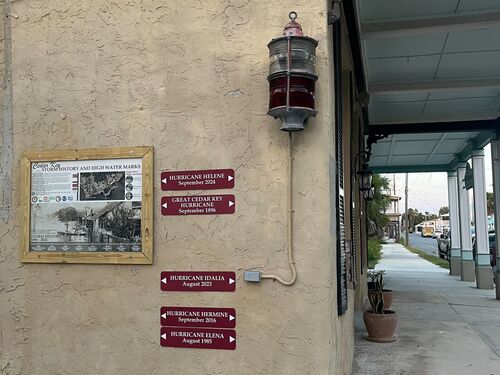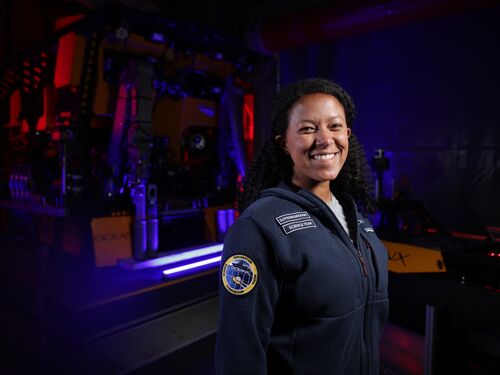On the Ground in Corpus Christi – What’s Next for Offshore Energy Safety
Program News
Last update May 21, 2021
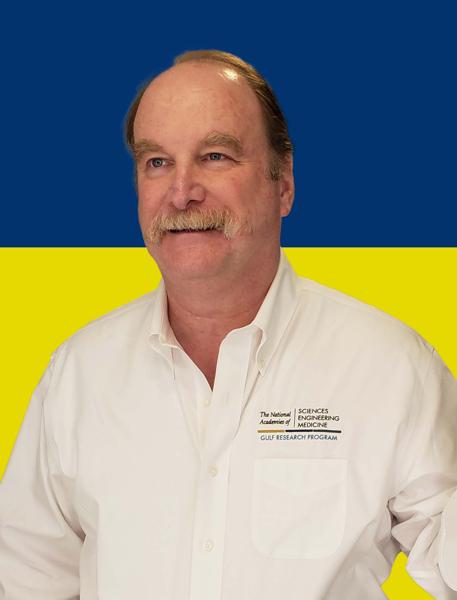
Exporting just over half of U.S. crude oil exports in 2020, Corpus Christi, Texas, is on its way to becoming the Gulf of Mexico’s oil hub. As tankers equipped with millions of barrels of oil, cruise in and out of the city, safety is a top priority for the Gulf Research Program (GRP).
The Gulf Offshore Energy Safety Board within the GRP aims to contribute to ways to reduce the systemic risk for offshore energy activities. Understanding, managing, and reducing those risks requires collaboration and trust across industry, regulators, academic researchers, and broader stakeholder communities.
Jim Pettigrew, Gulf Offshore Energy Safety Board Director, recently talked about his recent visit to Corpus Christi where he met with federal stakeholders and offshore energy companies and shared his vision for roles the GRP might play. Pettigrew is currently based in College Station, Texas.
Q: Why did you go to Corpus Christi?
Corpus Christi is one of many cities in the Gulf region that is home to numerous companies and federal agencies working in the offshore energy space. The focus of these site visits was to see and learn about new technologies and efforts used to respond to offshore energy incidents. I met with a group of people who have worked on the technologies from the Marine Well Containment Company; the Marine Spill Response Corporation; and the U.S. Coast Guard, Corpus Christi. We plan to make additional site visits throughout the year to hear from other organizations working in Texas and in other Gulf states.
Q: What did you want learn from these site visits?
I wanted to gain first-hand perspectives on technology improvements that have been made in the last decade, where this portion of the industry is going in the next ten years, and ultimately what enabling capabilities they need to get there. I also wanted to hear about other challenges that the Gulf Offshore Energy Safety Board could help address. For example, whether we’re doing the right research and building the partnerships and networks of expertise needed to make even more progress on oil spill response.
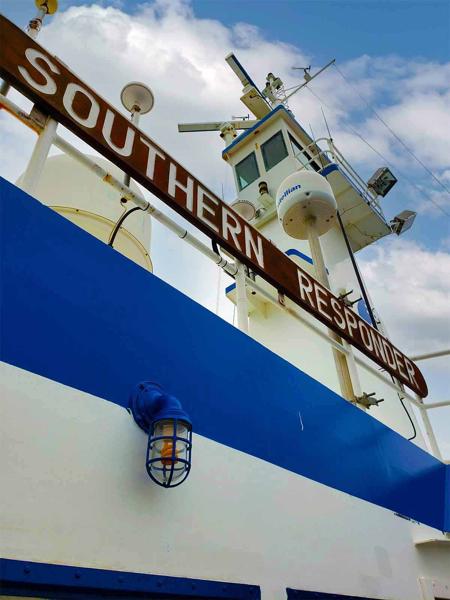
Q: How has response technology changed over the past 10 years?
A decade ago, technology and capabilities were based on the response to the Exxon Valdez oil spill [in 1989]. So much of the available capability developed from that scenario of a protected coastal bay. Over the past decade, we have seen technology being created with an open ocean and deep-water response in mind. Take for example, the development of capping stacks. There is a need for different capping stacks that are dependent on the location of a blowout, the worst-case discharge of the well, and other characteristics of the well. Each well drilled in the Gulf of Mexico has these variables pre-identified in case of an offshore incident. Other aspects of offshore oil spill response capability have advanced. For example, today, oil spill response organizations can use satellite information and drone technologies to maximize their oil recovery efforts.
Q: What did you think about the technologies you saw?
First, as an engineer, it was really exciting to see and touch these industrial marvels. Of course, everyone’s goal is to avoid spilling any oil in the waters of the Gulf of Mexico, but if there is an accident, it’s good to know we have the capability to answer that call. It’s also interesting to note that while I visited a site that works on coastal and offshore spill response, these groups are also responding to spills on rivers and onshore pipelines, and to train accidents. Additionally, it was exciting to see the incorporation of new technologies like unmanned aerial vehicles (UAVs) and other remote sensing capabilities; which will help focus response assets on areas where the spill may not be easily observed by traditional means.
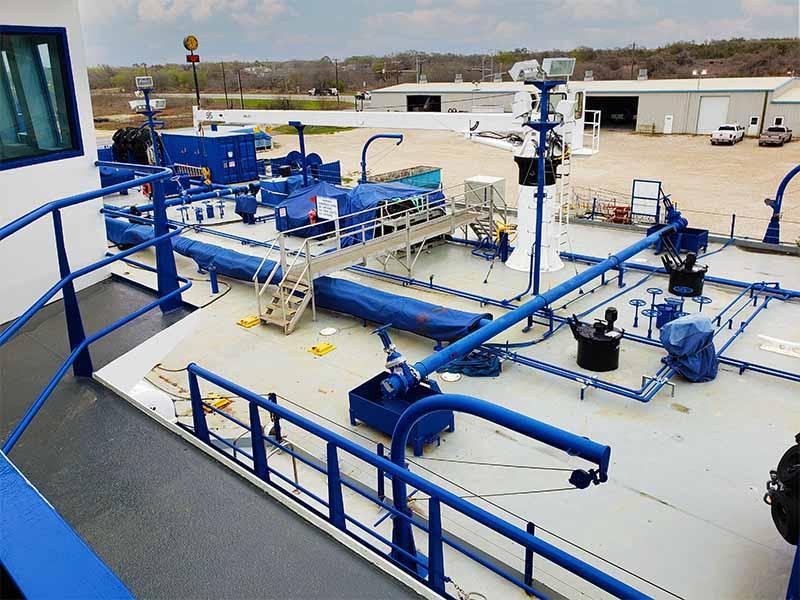
Q: What did you learn about collaboration in the Gulf on these new technologies?
I learned there is a lack of interaction among some important groups. In my conversation with the Coast Guard, for example, they said they have seen waning interest from community groups, especially those that haven’t been impacted by oil spills or that haven’t been shocked by hurricanes or other natural disasters. They want to energize groups to bring them together, including grassroots researchers, local communities, university researchers, federal agencies, and more.
What would happen if we could put these different groups together, so they can have face-to-face interactions before disaster strikes? What would it look like to convene these stakeholders in the Gulf, in one place, at one time? Could it be like the first day of hurricane season, where everyone is talking and passing out information?
Q: How does this connect to the work of the GRP?
The GRP has the ability to bring diverse stakeholders together. Further, we have an obligation to increase the dialogue and understanding between the GRP and our stakeholders involved in offshore energy safety. Those discussions can help us understand the needs and research gaps to enable the future capabilities, and GRP will be better able

to focus our work, activities, and grants. One specific thing we are doing is holding a series of informational webinars. We began with a commemoration of Deepwater Horizon on the 10-year anniversary of the tragedy. Other webinars have included perspectives on restoration efforts and planning as well as a discussion on how regulatory bodies plan and prepare for offshore spill response. This summer, we look forward to working with the National Academy of Engineering to engage national-level leadership in discussions on offshore energy.
Q: For those working in the Gulf and for the Gulf, what do you want them to know about the GRP?
The GRP was given a resource to increase offshore safety. We want to spend the settlement dollars on things that will make a difference. It’s going to take all of us working together to shape the way forward and we are just at the beginning of charting this path. The Gulf Offshore Energy Safety Board welcomes anyone to come to us with ideas. Together we are going to use this investment to improve technical capabilities, foster partnerships, and support research and development related to offshore energy safety.
Before coming to the GRP, Jim Pettigrew was the Principal Investigator and Director of Operations for the Ocean Energy Safety Institute. OESI is a partnership between Texas A&M University, University of Houston, and University of Texas – Austin; providing a forum for dialogue, shared learning and cooperative research among academia, government, industry and other non-governmental organizations. Before that, Pettigrew served three decades in the Navy, working predominantly in operational oceanography and in surface and information warfare. He received his Masters of Science in Physical Oceanography and Meteorology from the Naval Postgraduate School, and a Bachelor’s of Science in Ocean Engineering from Texas A&M University.
